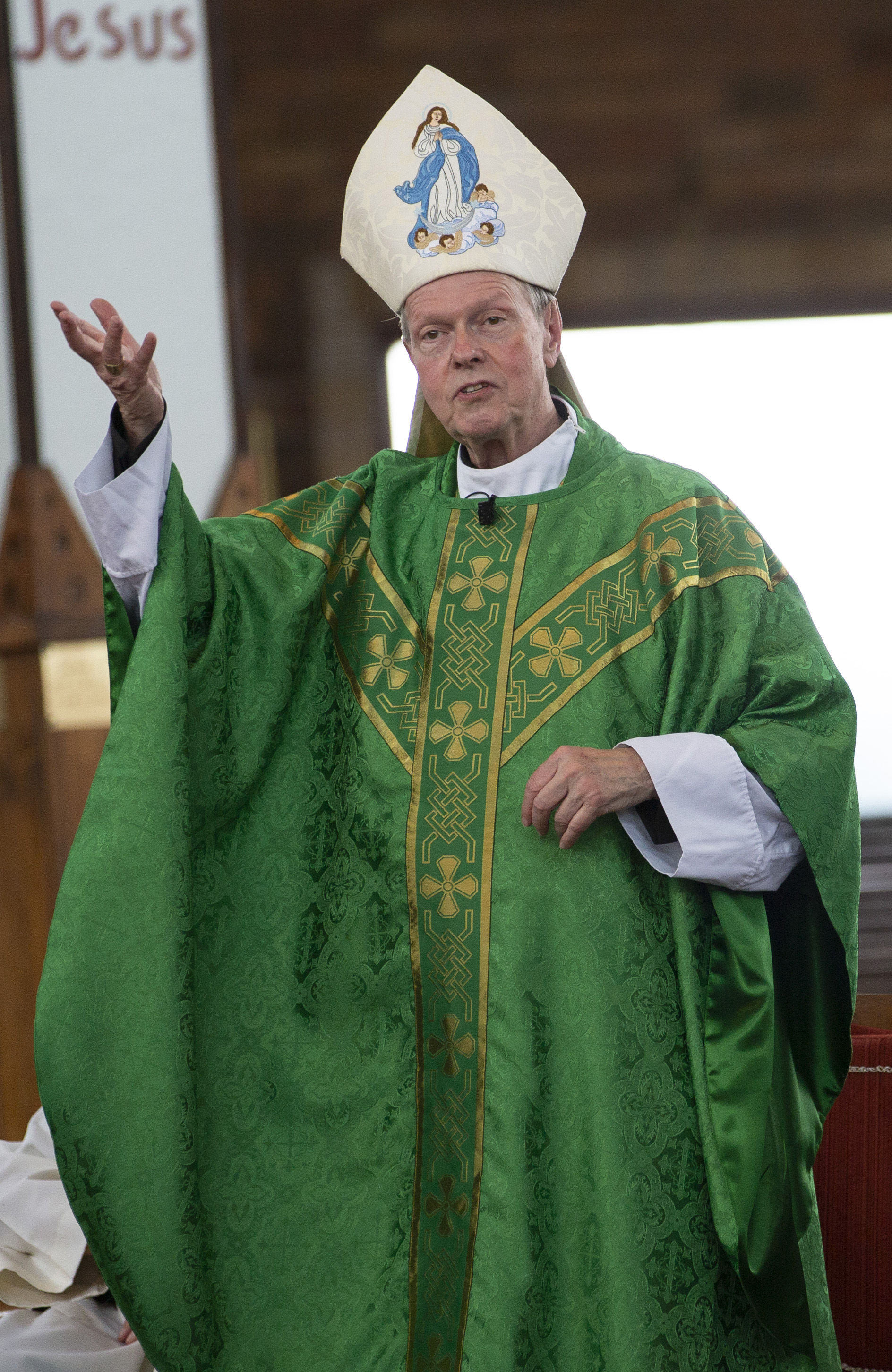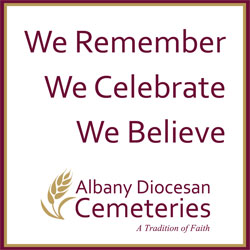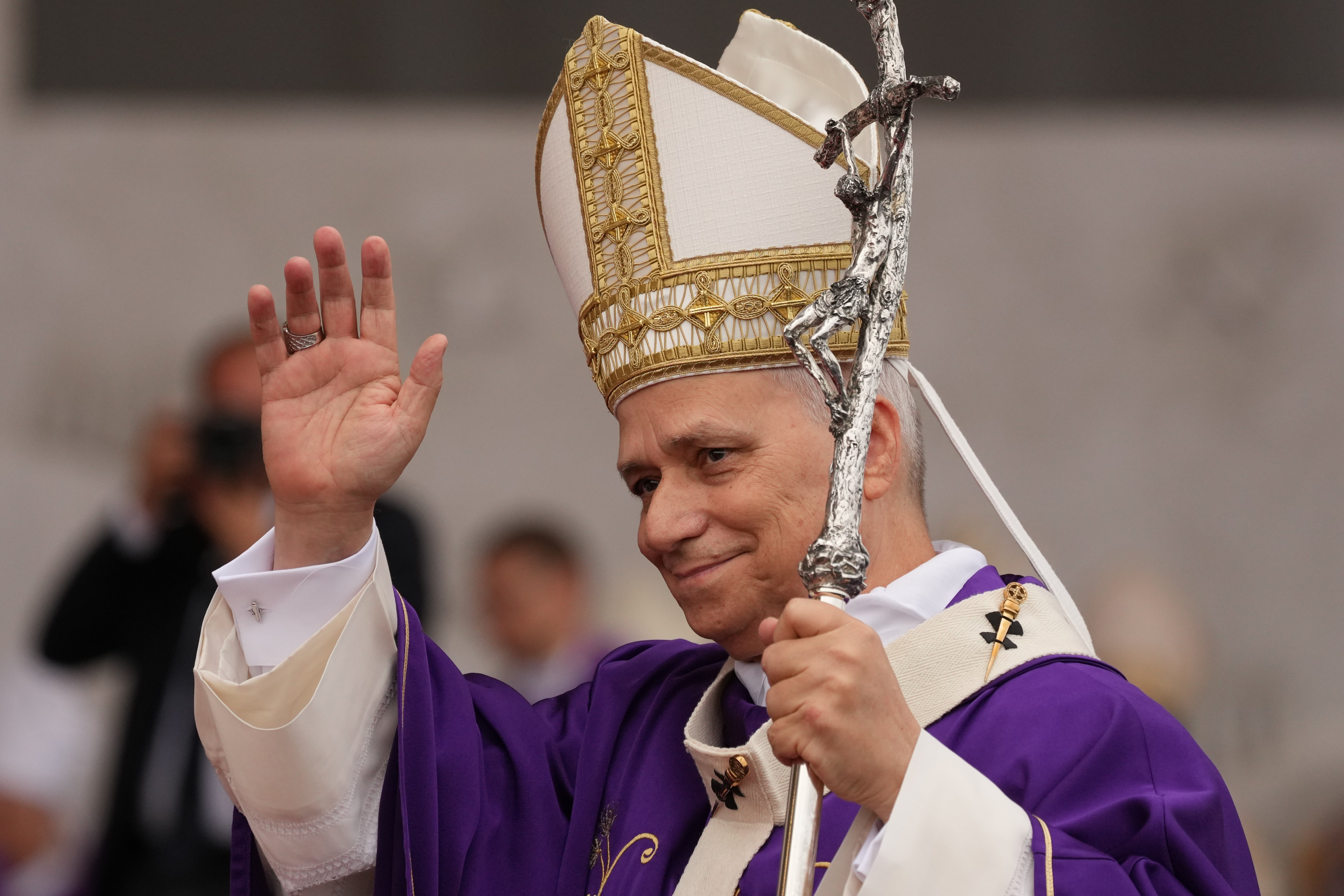April 20, 2022 at 2:35 p.m.
Our First and Second Readings certainly pick up on this sense of the enduring presence and power of the risen Lord. We see this in the miraculous healings that Peter works in the name of Jesus and in St. John’s vision of the risen Lord, the “first and last, the one who lives.” As on Easter Sunday, we then sing our “Easter Psalm” of joy and thanksgiving (Psalm 118:2-4, 13-15, 22-24) with its image of Jesus as the stone rejected by the builders that has become the cornerstone. The joy of this psalm is also focused on the amazing mercy that God has shown toward us and our call to live and to celebrate this great gift. God’s love is indeed everlasting (as we sing in the response). It also echoes the Opening Prayer of Mass: “God of everlasting mercy … may (all) grasp and understand … in what font they have been washed, by whose Spirit they have been reborn, by whose blood they have been redeemed.”
The Gospel (John 20:19-31) is packed with many fundamental Easter elements and images. Jesus appears to the disciples and immediately says, “Peace be with you.” He does not say, “Hello, it is I, Jesus” or “Yes, I have risen.” No! Significantly his first Easter words are “peace.” This gift of peace is such a great Easter gift and one we hanker after. Even more so for the disciples, who, we can imagine, are frightened and weak; hunkered down in the room and hardly at peace. Then, Jesus gives them that powerful gift of the Holy Spirit and their transformation is complete. No longer weak and frightened, they will become bold witnesses to the risen Lord strengthened with that inner tranquility of spirit. May we be the same!
Jesus also shows them his wounds. Why? Perhaps, above all, to show that he is not a ghost, or a mirage, or some spirit. No, it is the risen and glorious Jesus who still bears the wounds he bore for us in his risen body. This, of course, reminds us of our faith in the “resurrection of the body” (not just of the spirit) as we profess in the Apostles’ Creed.
Only now do we meet Saint Thomas and our two themes of faith/belief and of community come together. Thomas has been alone, apart from the community of the other apostles. Such isolation is not good at all. We can imagine him isolated and afraid, perhaps even angry, or at least bewildered. Thomas was away from the community and, noticeably, the risen Jesus did not appear to him. As he joins the apostles, he hears their amazing claim after their encounter with the risen Lord. Perhaps he detects some change in them, but he is not going to go along with their unbelievable story that “we have seen the Lord.” He doubts them.
Jesus enters and repeats that Easter greeting of peace and then he repeats Thomas’ own earlier challenge or words of doubt to the disciples. Jesus does not invite, but uses the imperative, for Thomas to touch his wounds. Notice the reality of Jesus’ words. Use your fingers for the smaller wounds of the nails, but your whole hand for the larger wound in my side. We do not know whether Thomas actually touched the wounds or not. What we do know is that, instead, Jesus touched Thomas’ wounded heart and Thomas makes that great profession of faith: “My Lord and my God.” This is indeed divine mercy at work. Thomas went on to be a great missionary of the Church community, as far as India.
May we not be an isolated or a lone-ranger Christian, for being a true disciple can be tough or scary at times. May we allow the Lord to touch our sometimes wounded heart and to help us in our struggles with faith. Then we can help others. May he give us his gift of peace, for, in Jesus we trust!
SOCIAL MEDIA
OSV NEWS
- Across the world, Christmas shines even — and especially — in the darkest places
- Full text: Pope Leo XIV’s ‘urbi at orbi’ message
- Full text: Pope Leo’s homily on Christmas Day
- Open your hearts to baby Jesus and one another, pope says on Christmas
- Scripture series by popular Catholic speaker offers deep dive into the person of Jesus
- To turn away others is to turn away God, pope says on Christmas Eve
- Arriving at the manger with Caryll Houselander
- Barrett discusses Dobbs decision, Roe’s ‘flawed’ reasoning, life at the court, her faith
- Bishop: To welcome immigrants is to follow God’s ‘divine command’ to care for the stranger
- Jesuit search, recovery of migrant remains finds bodies of 2 women in difficult desert terrain








Comments:
You must login to comment.